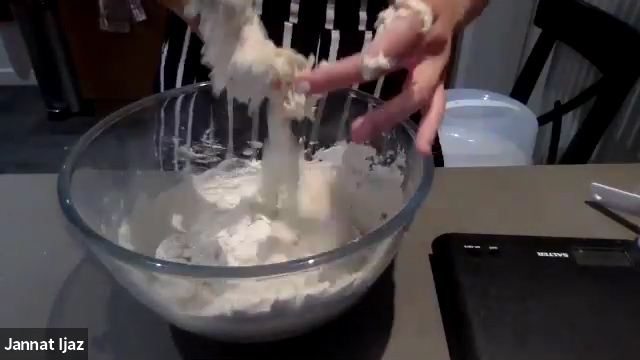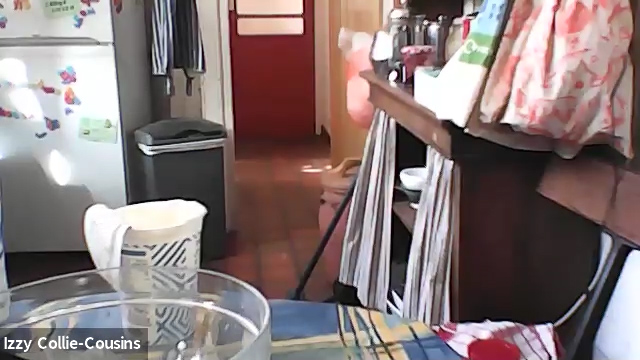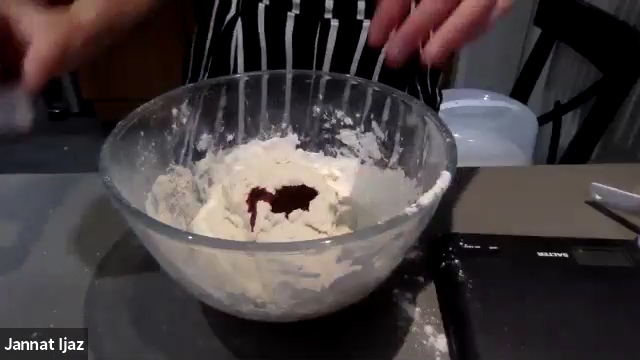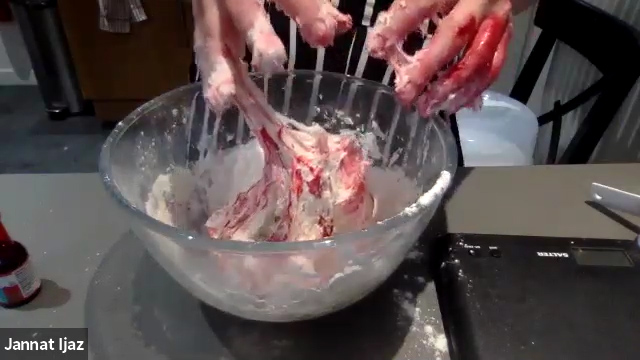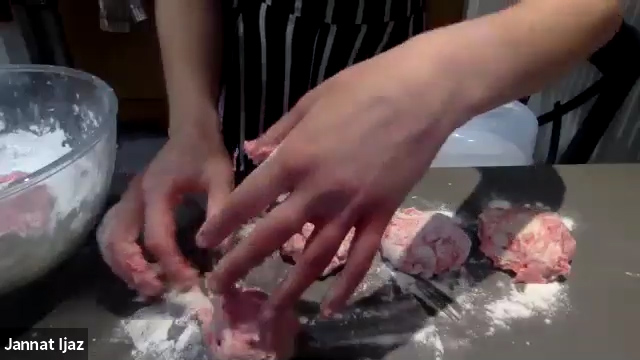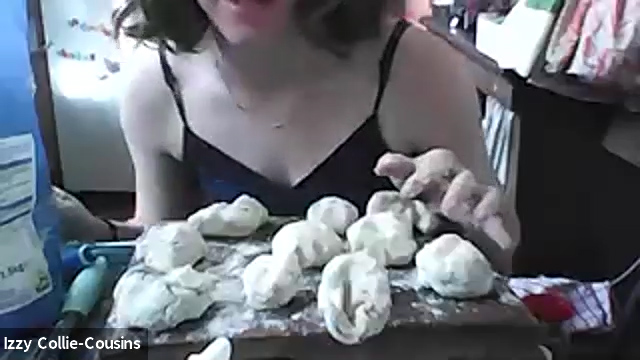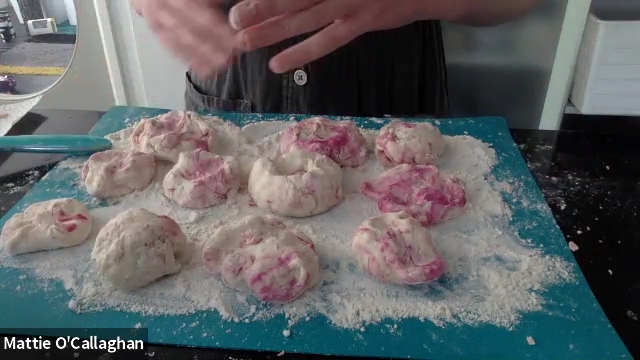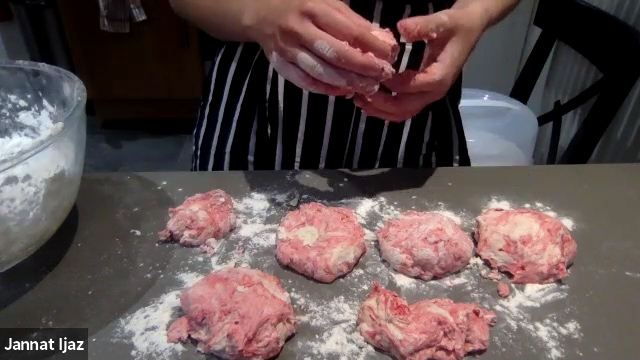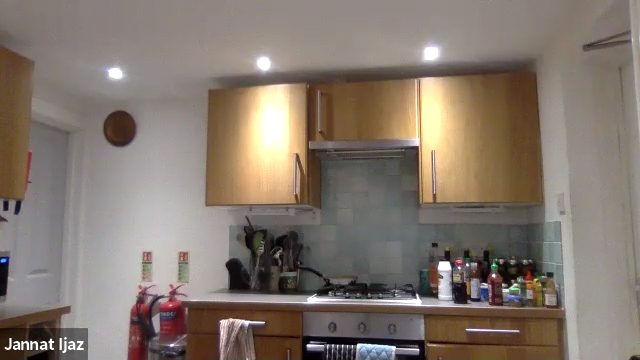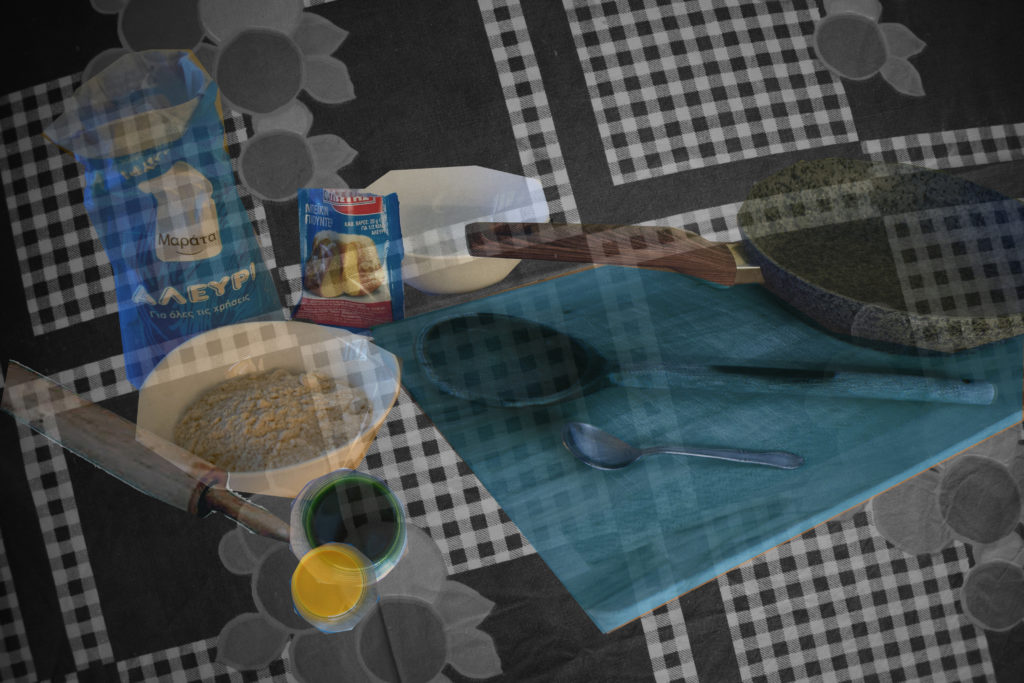Flat Bread
The Saturday Museum | Digital Image | #flowcellular
Ingredients
350g self-raising flour (plus extra for dusting)
1 teaspoon baking powder
350g natural yoghurt
Food dye
Equipment
Chopping board, medium bowl, wooden spoon, teaspoon, frying pan, rolling pin
Method
Add all the flatbread ingredients to a mixing bowl, give it a little mix with a spoon, then go in with your hands to bring the dough (body) together. Add a small amount of food colouring (cells with mutation) knead gently and notice how the dye spreads. At first just a little bit of dough changes colour and the other regions are still plain. At this point if you wanted to remove the dyed areas you could, if you were careful (removing cancer cells with surgery). Continue mixing and the dye starts to spread everywhere. The dye is now ingrained in the dough. The more you try to do something to fix the situation the stickier and messier it becomes. Sadly, the dye is now everywhere (the cancer has spread throughout the body).
Dust a clean work surface and rolling pin with flour. Separate the dough into balls (cells) with your hands. Notice how the dye (mutation) enables cells to become very effective in reproducing themselves. Pat and flatten the dough, then use a rolling pin to roll each piece into 12cm rounds. Place the griddle pan on a high heat, then once hot, cook each one for 1 to 2 minutes on each side. See what shape your bread comes out.
In this experiment Jannat, Ken, and Mattie were exploring how harmful somatic mutations behave. They discussed how cancer gives cells an advantage and makes them very effective in reproducing themselves and how, without intervention, mutations can lead to more mutations.
They also reflected on the fact that in the time taken to do this experiment, mutations could be occurring in their bodies; that you can have a lot of mutations in your cells which don’t have any harmful effects, these are called neutral mutations; that all mutations that happen after fertilization are known as somatic mutations and that in this field of research there are a lot of unknowns.

